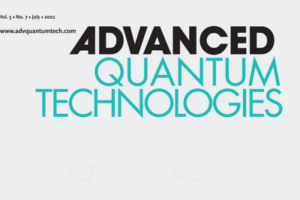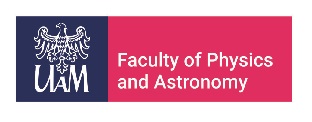15.7.2022
Paper by Dr Bivas Rana published in Advanced Quantum Technologies

The article Role of Spin–Orbit Coupling on Ultrafast Spin Dynamics in Nonmagnet/Ferromagnet Heterostructures wirtten by Dr Bivas Rana was published in prestigious journal Advanced Quantum Technologies (98 percentile in the Scopus database, in the category Mathematical Physics ).
https://doi.org/10.1002/qute.202200016
Abstract:
Spin–orbit coupling (SOC), the interaction between spin and orbital angular momentum of electrons, is imperative to control magnetic properties of nonmagnet (NM)/ferromagnet (FM) heterostructures and design energy-efficient and faster spin-based devices. Here, femtosecond pulsed laser-induced time-resolved magneto-optical Kerr effect magnetometry is employed to investigate magnetization dynamics in different NM/Co20Fe60B20 heterostructures, where the NM layer varies as Cu, Ta, W, Pt, Ta/Ru/Ta, and Si/SiO2 (no underlayer) that differ in SOC strength. It is observed that there is a systematic variation in ultrafast demagnetization time (τm), fast remagnetization time (τr), and Gilbert damping parameter (α) with the SOC strength of the underlayer and an inverse relationship between α and τm, τr is established due to the dominant contribution of spin current transport in ultrafast demagnetization and fast remagnetization processes. The spin pumping formalism estimates the effective spin-mixing conductance (Geff) for different interfaces, which signifies that the high SOC strength of underlayers results in high Geff indicating more efficient transport of spin current through it. This study suggests that the SOC strength of the NM underlayer plays a significant role in controlling the ultrafast demagnetization process through interfacial spin current transport in a NM/FM heterostructure which can be beneficial for the development of ultrafast spintronics devices.

